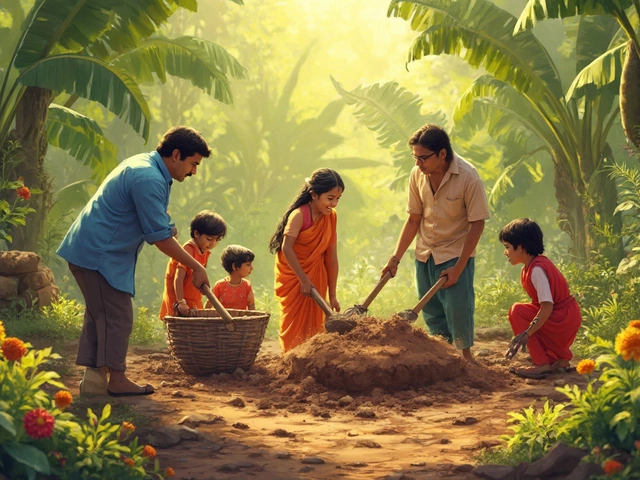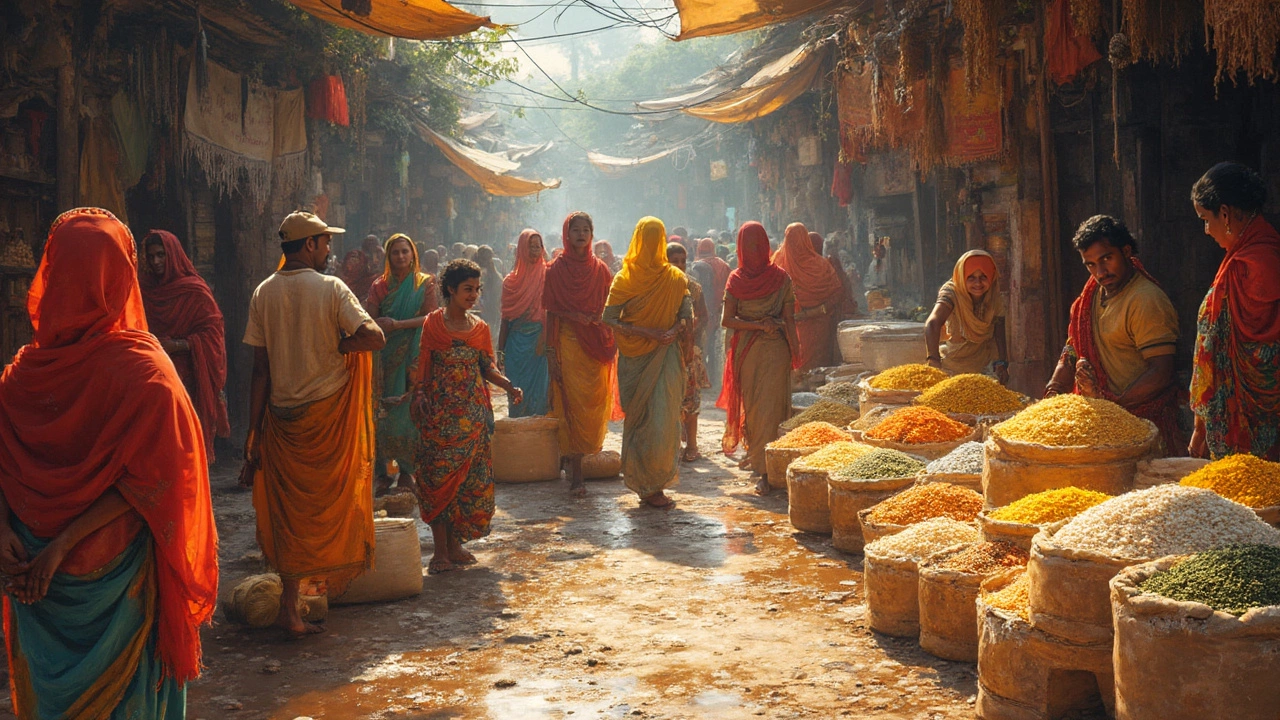Ethnicity and Gardening: Cultural Tips for Indian Gardens
Ever thought about why a Gujarati garden looks different from a Tamil one? It’s not just the weather – it’s ethnicity. Your family’s traditions, the festivals you celebrate, and the foods you love all decide what you grow and how you care for it. Let’s see how culture can make your garden more vibrant.
Seasonal Flower Choices Guided by Traditions
Every Indian region has its own flower calendar. For example, Marigold blooms perfectly for Diwali in the north, while Jasmine fits the South’s wedding rituals. Knowing the best months for each flower helps you plan a garden that matches your celebrations. Check the Best Months for Flower Blooming in India guide to sync planting with local festivals.
Crop Choices Influenced by Cuisine
If you love making bhaji or sambar, you’ll need specific veggies. Broccoli farming in India is gaining popularity in the north, while rice remains a staple in the east. Understanding which crops thrive in your ethnic cuisine saves time and money. The Broccoli Farming in India post breaks down costs and yields, perfect for a modern kitchen garden.
Water management also reflects cultural habits. Many households use drip irrigation, but some prefer traditional soak pits because they remember how ancestors saved water during droughts. If you’re curious why drip irrigation isn’t everywhere, the Why Isn’t Everyone Using Drip Irrigation? article explains myths and real challenges.
Even the way you store tools can be cultural. Some families keep garden implements in a corner of the verandah, while others build a dedicated shed. Small balcony ideas can turn a rented space into a personal oasis – check the Maximize a Small Balcony guide for renter‑friendly layouts that respect communal living.
Companion planting, known as “sister plants” in many Indian gardening circles, follows age‑old wisdom. Pairing basil with tomatoes or planting marigold next to cucumber can deter pests naturally. The Sister Plants post gives simple combos you can start today.
Don’t forget soil health. Heavy, compacted soil is a problem in many regions, especially after monsoons. Adding compost or sand, as shown in the How to Loosen Heavy Garden Soil article, improves drainage and supports diverse plant life.
Finally, celebrate your garden’s cultural roots by planting symbols of luck. The lucky flower in India, often the marigold, brings positive vibes during festivals. Learn more in the Which Is the Luckiest Flower in India? piece and add a touch of tradition to your beds.
Mixing ethnicity with practical gardening tips creates a space that feels personal and productive. Use the guides above, respect your local climate, and watch your garden thrive in sync with your heritage.
Which Ethnicity Consumes the Most Rice Daily?
Rice is a key staple in many cultures, but some ethnicities have a particularly high consumption rate. This article explores which communities rely on rice the most, looking at the factors behind these eating habits. Discover how rice fits into various cultural diets and the reasons behind its overwhelming popularity in certain regions. Learn about the surprising details of global rice consumption and what makes this grain a cornerstone of such diverse diets.
About
Rice Cultivation
Latest Posts
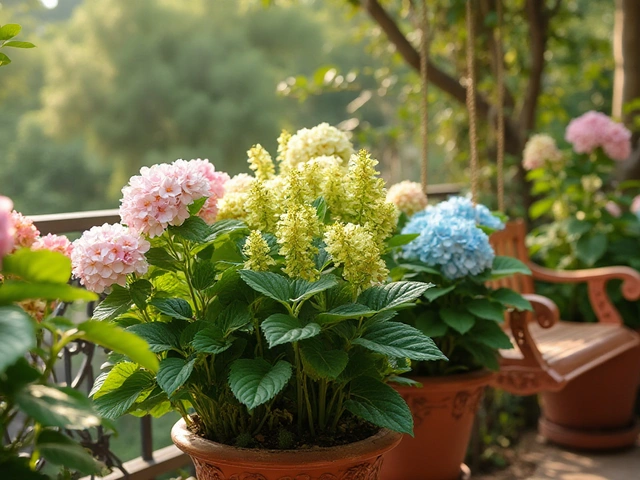
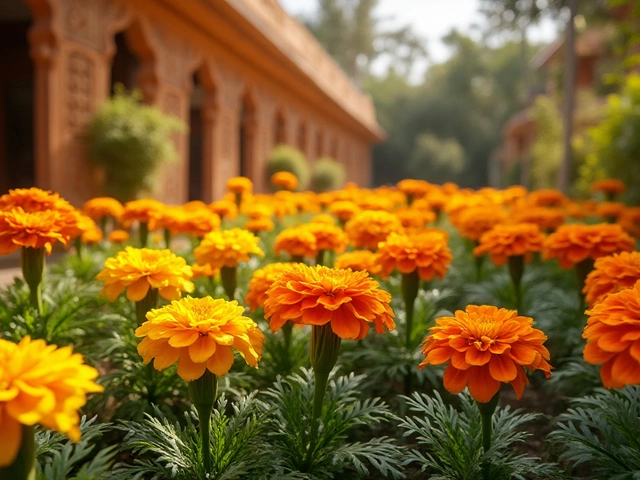
The Best Plants to Gift in India for Every Season
By Alden Thorne Nov 25, 2024
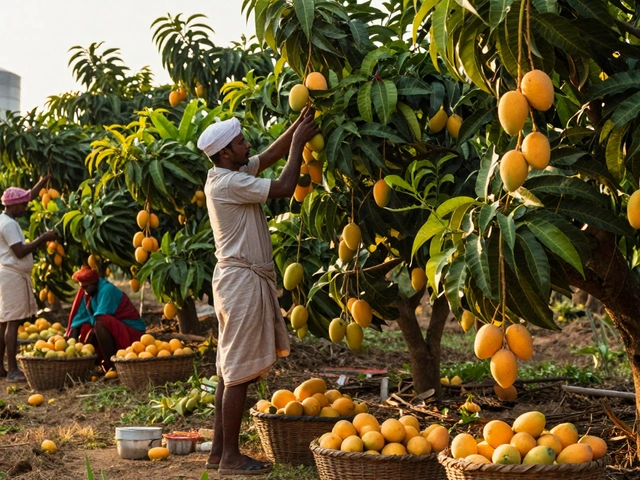
Most Profitable Fruit Farming in India: Top Crops and Real Returns
By Alden Thorne Dec 1, 2025

What Flower Takes 30 Years to Bloom? The Slow Life of the Talipot Palm
By Alden Thorne May 25, 2025
